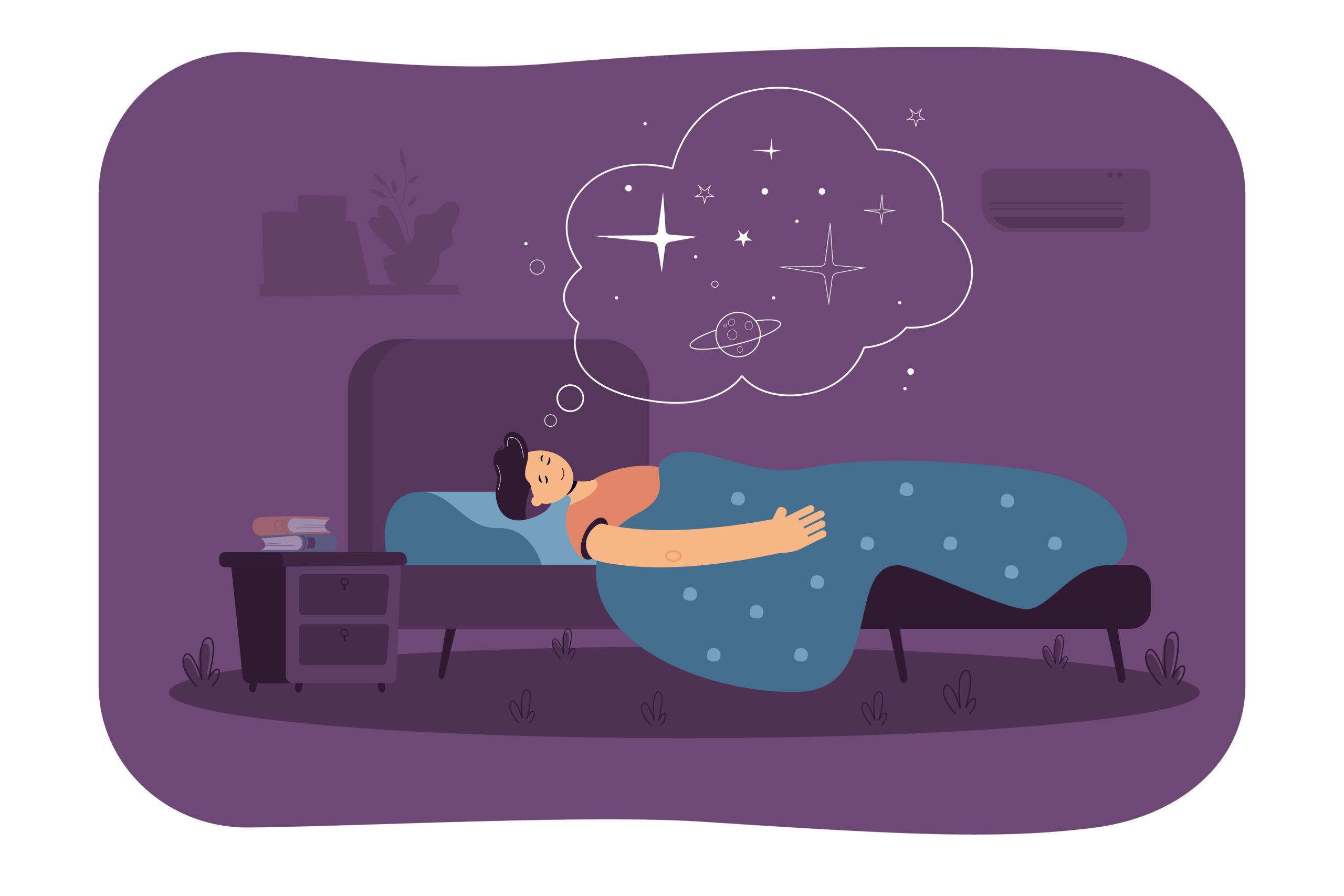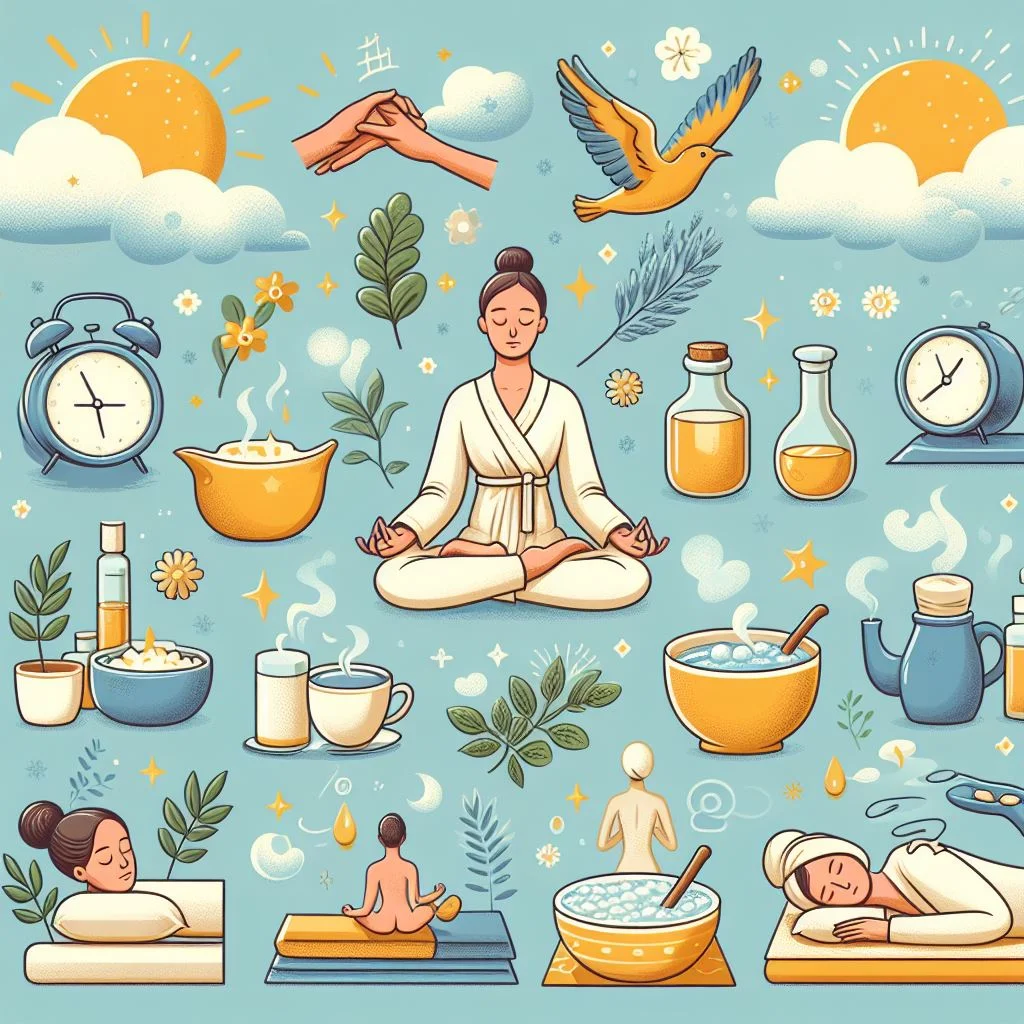Harness the Power of Sleep Syncing: An Expert Guide to Optimizing Your Sleep-Wake Rhythms
Think back to how you felt as a kid during summer vacation with its leisurely mornings and late sun-filled days. Remember crawling into bed while still light out, sleeping soundly until noon, then playing outside refreshed until called in for dinner? In this article we will cover sleep syncing
That effortless rhythm aligning sleep with circadian cues and few rigid schedules represents the Zen state we lose as adults. Attempting to reconcile work, family, health needs against ingrained biological processes proves challenging. We sacrifice rest, trying to cram more waking hours out of mismatched schedules and distorted sleep cycles.
But what if you could rediscover that childhood summer magic all year round – where both darkness and daylight hours were optimized by synchronizing schedules with your body’s wisdom?
That harmonizing possibility exists through committed practice of sleep syncing fundamentals. This guide details lifestyle steps and quick fixes for regulating sleep-wake cycles based on clinical sleep medicine evidence. With some dedication during the transition, you’ll soon be functioning with abundant sustainable energy.
What is Sleep Syncing and How Does it Impact Health?
Sleep syncing simply means going to bed and waking up at consistent times to align with your body’s hardwired circadian rhythms which manage important restorative processes.

As clarified by neuroscientist Dr Matthew Walker, Professor of Psychology and Neuroscience at UC Berkeley and Director of the Center for Human Sleep Science:
“Attempting to override innate sleep-wake cycles through irregular bedtimes/rising times, sleeping too little, or excessive napping impairs systems regulating cognition, immunity, metabolism, even genetic and cellular health.”
Therefore, while no overnight miracle fix for all modern maladies, rigorously syncing sleep schedules does profoundly enhance wellness short and long-term. This is because numerous regulatory systems operate on bio time clocks – not external clock time.
Sleep syncing benefits well documented in scientific literature include:
- Increased sleep efficiency with more restorative non-REM/REM cycles
- Next day mood, memory and concentration improvements
- Supporting weight management and diabetes prevention
- Boosting immune function and physical energy levels
- Extending lifespan by protecting cells and biological processes
Now that the facts convince you of the irrefutable advantages, how to practically apply sleep syncing to transform into your best self?
Step 1 – Calculate Your Optimal Sleep Schedule Times
Begin by identifying key lifestyle factors below to dial in tailored sleep syncing times:
- Sleep need – Adults average 7-9 hours a night. Factor your general requirement.
- Chronotype – Are you a morning lark or night owl? Clues optimal zones.
- Wind down – Allow 15-30 minutes to relax before bed with routines like bath, reading.
- Wakeup prep – Enable 15-30 minutes after alarm to rehydrate, stretch, eat before day starts.
- Fixed schedules – School drop offs, work commute times often anchor wakeup times.
Track current habits for a week with sleep diary or wearable then make incremental 10-15 minute adjustments earlier to bedtime and wakeup time until you land on your sweet spot allowing both sufficient sleep and next day functionality.

Sticking within a consistent 30 minute window daily is optimal, advises chronobiologist Dr. Satchin Panda, author of The Circadian Code and Scientific Director of Regulatory Biology Laboratory at the renowned Salk Institute. Being rigorous first month is vital for establishing long term sleep-wake equilibrium.
Step 2 – Construct an Ideal Sleep Hygiene Routine Supporting Syncing Cycles
Once target sleep time parameters are set, institute these six relaxing rituals for sticking to programmed slumber:
1. Daily sunlight exposure
Natural light drives circadian rhythm. Obtain at least 30 minutes outdoor morning light for regulatory effect. Open home blinds too.
2. Moderate daytime exercise
Light jog, yoga class early evenings helps prepare body for later sleep.
3. Light evening meal
Eat dinner three hours pre-bed to allow digestion easing sleep onset later.
4. Constructive worry time
Journal thoughts early evening rather than ruminating in bed. Address stresses head on before lights out.
5. Soothing sleep space
Ensure cool, dark and quiet bedroom that’s technology and distraction free.
6. Consistent sleep-wake times
Rigidly stick to assigned bedtime and alarm times without deviation including weekends.
Mastering these six healthy habits synergistically bolsters sleep drive so when head hits pillow, non-negotiable slumber swiftly follows. But lifestyle fixes may not fully resolve all common sleep disruptors explored next.
Step 3 – Troubleshooting Tricky Sleep Syncing Challenges

Despite best efforts, you may continue struggling with:
Fall asleep issues – Taking 45+ minutes to drift off is considered clinically abnormal. Suspect circadian mismatch mislabeling bed as not sleep zone.
Midnight awakenings – Waking multiple times interrupting sleep architecture likely indicates anxiety hyper arousal or underlying condition.
Morning zombie mode – If properly synced yet still feeling panicked, exhausted or headaches upon waking, could signify sleep disorder like apnea.
Inability staying alert next day – Still fatigued through obligations may mean you need more shuteye than schedules permit or other factors impairing restorative sleep.
Strategize solutions:
- Review medications, doses, timing that could interfere with sleep homeostasis. Consult pharmacist. Reduce alcohol.
- Rule out illness, pain conditions, hormonal changes causing sleep disruption. Check with your doctor.
- If work hours impossible to alter causing chronically inadequate rest, speak to supervisor about shifting start time or flex arrangement. Prioritize sufficient sleep.
- Purchase wearable sleep tracker providing heart rate variability and cycle data revealing deficits. Then target improve with sleep medicine therapist guidance.
Be compassionate with regression while continually progressing towards proper sleep health. Every small victory counts!
Concluding Sleep Syncing Guidance from Harvard Neuroscientist Dr. Josna Adusumilli
To conclude this comprehensive evidence-based guide to optimizing your sleep-wake rhythms through dedicated sleep syncing, noted Harvard Medical School professor and neurology sleep expert Dr. Josna Adusumilli reiterates why consistency and persistence is key:
“In my decades practicing sleep medicine and researching neurological sleep science, I cannot overemphasize the immense benefits from dedication to basic sleep hygiene practices like daily solar exposure, anxiety management, dark cool sleep sanctuaries and regular slumber-wake times. Realigning with innate human cycles solves so many modern ills – the first step is willingness to recommit uncompromisingly to harmonize rather than work against biology.”
In summary, give yourself permission to honor pre-programmed sleep needs. Experiment to determine your ideal sleep duration and timing through tailoring bed and rise times that permit both sufficient, high quality rest alongside attentive waking hours. Construct lifestyle rituals supporting ease falling and staying asleep. Check with your doctor to resolve tricky issues interrupting sleep cycles.
Then over time, have faith your mind and body discovers the magical childhood summer state once again – where both darkness and daylight hours are profoundly restored, productive and cheerful thanks to synchronized schedules. Sweet dreams and bright days ahead!

